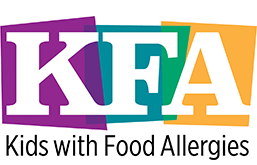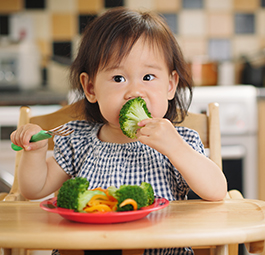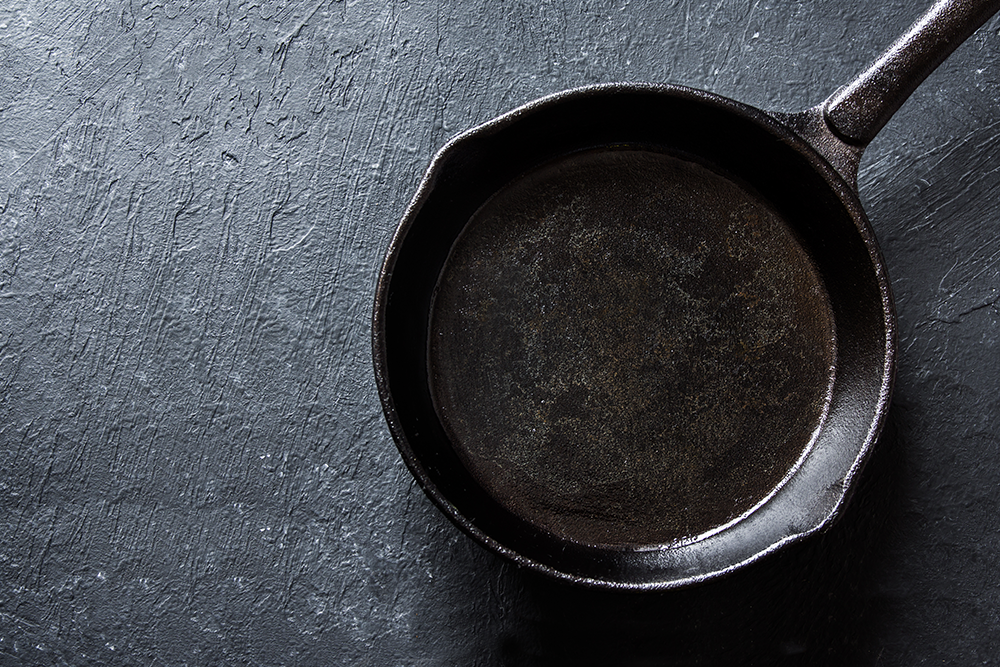Recipes & Diet

Replacing Wheat/Gluten
The following is a general guide to using ingredient substitutions for wheat allergy. Please verify the ingredients and safety of any products named to make sure that it is safe for your child.
If you need additional help in finding product suggestions or where to find ingredients, post a message in the KFA Food and Cooking Support Forum (registration is free) to get suggestions from other parents who are managing the same food allergies.
Basic Ingredient Substitutions for Food Allergies
Many common allergens are also common ingredients in your favorite recipes. There are some ingredients which can be easily substituted. There are others that may be more challenging.
Whether or not a “safe” version of a recipe can be successfully made often depends on two important factors. First: what is the role of the ingredient in the recipe? Second: how many of the recipe’s ingredients require substitutions? If the recipe only has 5 ingredients and you need to swap out 4 of them, the end result might bear little resemblance to the original dish. The bottom line: sometimes you can create a “safe” version of a recipe, and sometimes you are better off finding a different recipe altogether.
Wheat Substitutes for Baked Goods
There are a variety of “formulas” for substituting other flours for wheat flour in baked goods recipes. You may want to experiment to see what works best for you, given all of your child’s allergies. You should be aware, though, that alternative flours generally do not produce the same texture and consistency as wheat flour. Keep in mind also that these suggestions are for wheat allergy; if you are avoiding gluten, you will also need to avoid barley, rye, and other gluten-containing grains. Oats can be contaminated with wheat due to cultivation practices. There are wheat-free oats available as an alternative.
Single-Ingredient Substitutes for Wheat Flour
Generally speaking, you will achieve better results by using multi-ingredient wheat substitutes rather than one-ingredient wheat substitutes. 1:1 substitutions can work for things like making breaded coatings (e.g. fried mushrooms).
Possible single-ingredient substitutes for 1 cup of wheat flour include:
- 7/8 cup rice flour
- 7/8 cup garbanzo bean (chick pea) flour
- 3/4 cup potato starch
- 1-1/3 cups ground rolled oats
- 1 cup tapioca flour
Multi-Ingredient Substitutes for Wheat Flour
Some cooks feel they get better results when they mix together a few different flours. This works best for baked goods. Some multi-ingredient wheat flour substitution formulas are:
- 4 cups oat flour + 2 cups barley* flour + 1 cup rice flour
- 1 cup rye* flour + 1 cup potato flour
- 1 cup cornstarch + 2 cups rice flour + 2 cups soy flour + 3 cups potato starch flour
- 2 cups sweet rice flour + 2/3 cup potato flour + 1/3 cup tapioca flour (this combination often works very well)
*Barley and rye contain the gluten protein that must be avoided by those with celiac disease. If you need to make a gluten-free flour blend, do not use these two options.
Rice Flours
There are different types of rice flours available, and there are different suitable uses for each. Rice flour may be used interchangeably in recipes although brown rice flour has a nuttier flavor. The texture of rice flour can vary and will affect the consistency of the finished product, ranging from very light and soft to somewhat gritty in texture. You may need to make a few test recipes to determine what will give you the best results.
White Rice Flour
White rice flour is made from rice kernels with the hull and bran layers removed. It is a refined flour with a mild flavor that works well in most recipes. White rice flour can be used as a thickening agent for sauces and puddings as well as for making Asian noodles. It can be used in some baked goods, such as cakes, cookies, and dumplings, although it can be gritty in large quantities, so it’s best used in combination with other flours.
Brown Rice Flour
Brown rice flour is made from whole grain rice. It has a slightly more robust flavor than white rice flour, and when used in baked goods, such as cakes and cookies, brown rice flour provides a grainy texture with a fine, dry crumb. Brown rice flour works well in bread recipes.
Sweet Rice Flour
Sweet glutinous rice flour, also known as Mochiko flour or mochi flour, is milled from mochi rice, a short-grained, glutinous rice common in Asia. Although called “glutinous flour” it does not contain gluten. It is often used to thicken sauces and food mixes, providing a strong bonding that can withstand refrigerator and freezer temperatures without separating. It is often used for breading foods prior to frying and for making traditional foods that require flour, such as desserts and baked goods, or rice dumplings like Japanese mochi. Sweet rice flour can also be used as a 1:1 replacement for cake flour.
Xanthan Gum and Guar Gum
Xanthan gum or guar gum can be added to wheat-free/gluten-free flours to help replace the missing gluten. The gums bind the mixture together and add texture. Use about one teaspoon per recipe.
General Tips for Wheat-Free Cooking
- One of the downsides of wheat-free baking is that the recipes don’t rise as much. Wheat-free flours often work best if the recipe is cooked for a longer period of time at a lower temperature than usual. Reduce your oven temperature by about 25 degrees, and you will find the finished product will be a little less flat. If you are not avoiding eggs, adding an extra egg to a gluten-free recipe will help the product rise a little more.
- If you are looking for a protein boost for your recipe, use equal portions of brown rice flour and chickpea flour.
- Refrigerating dough for half an hour before baking may help improve the texture and flavor.
- Since many wheat-free foods will crumble, you may want to experiment with making foods with smaller surface areas, such as cupcakes instead of cakes.
Updated December 2022.














